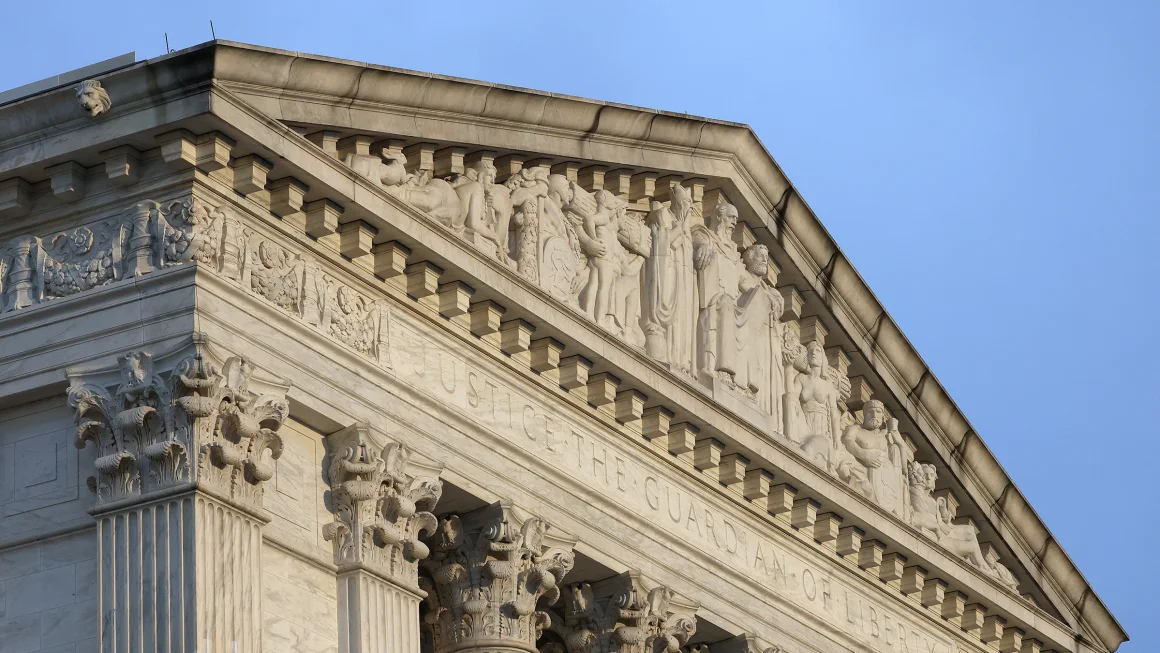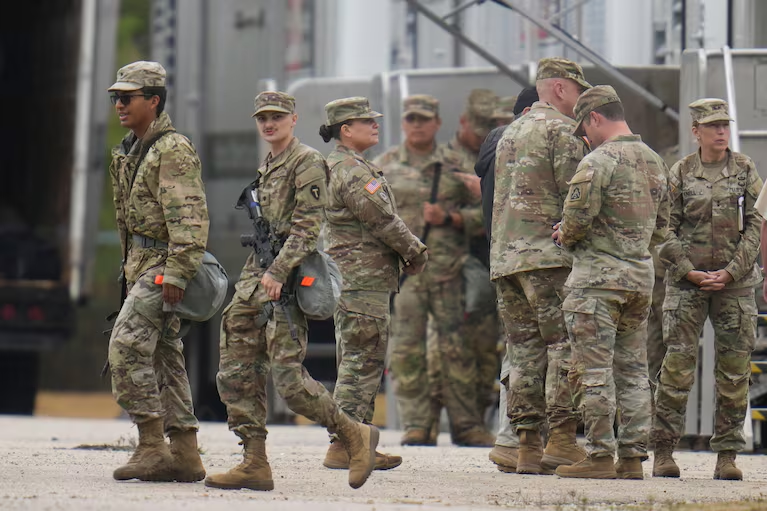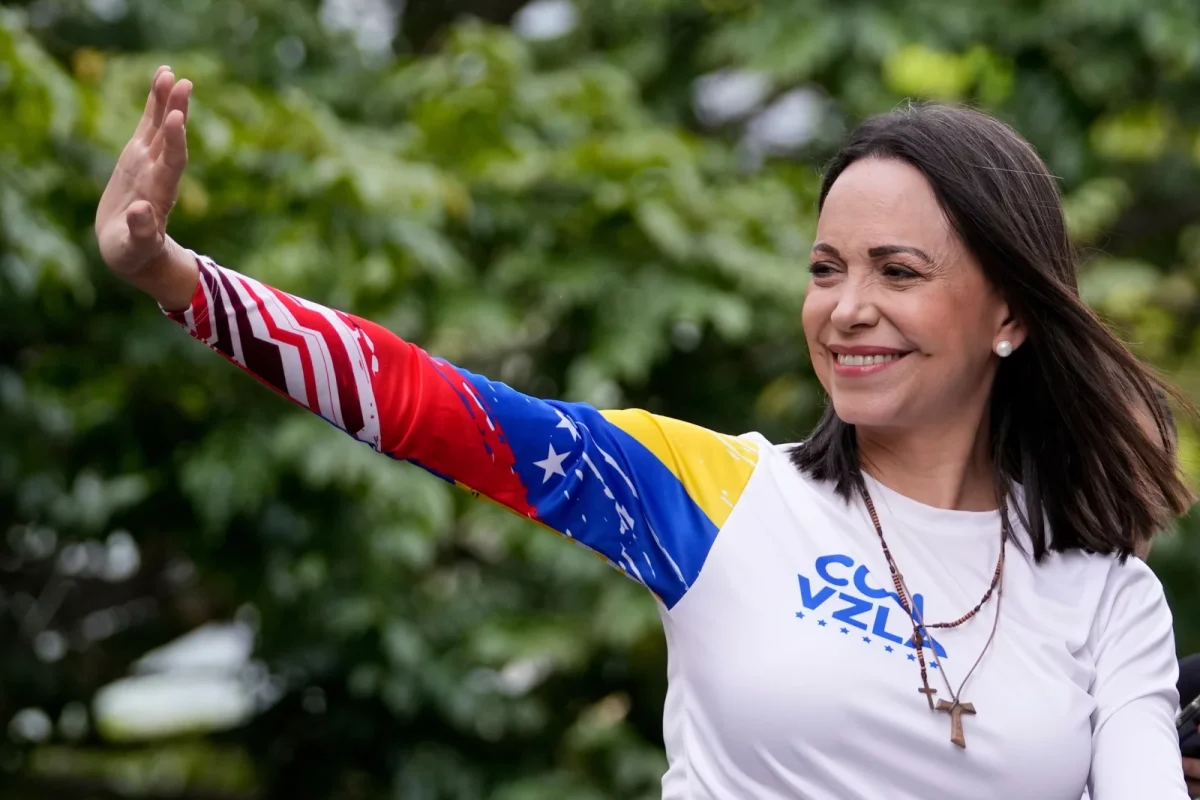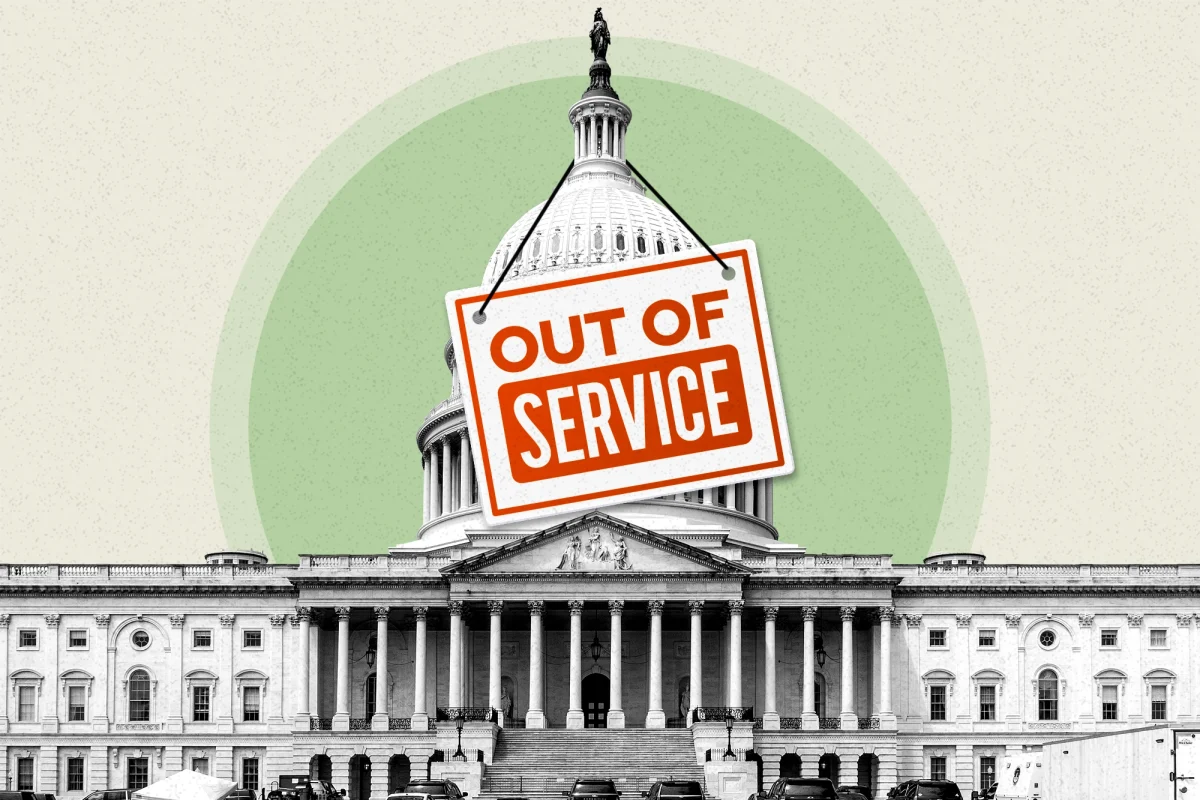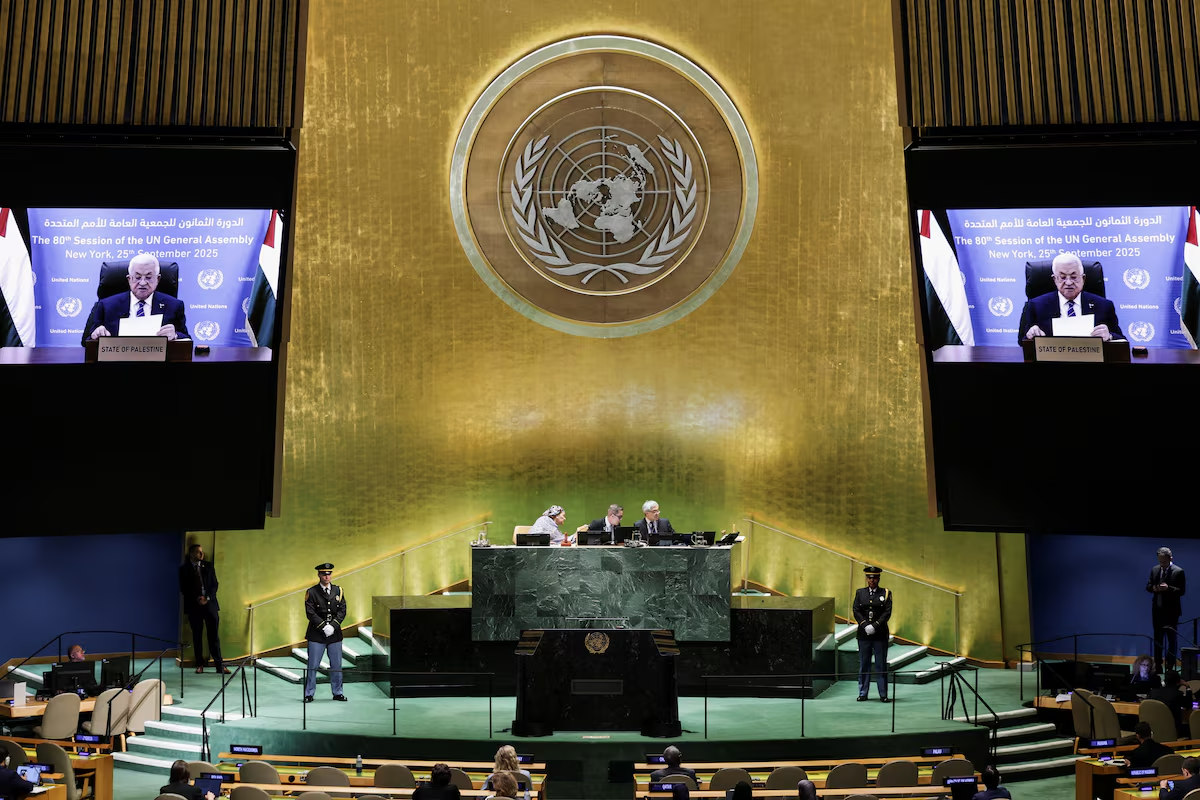On March 26, the Supreme Court of the United States ruled in favor 7-2 of upholding regulations on ghost guns that were established during former President Biden’s administration.
Ghost guns are a form of weapon that is sold in kits online to people who take the parts and assemble a gun with it. Ghost guns lack the serial number that other guns have, making it extremely difficult to trace back to an individual purchaser.
Due to the lack of regulation, kits continue to be widely produced and distributed, gaining extensive attraction to minors, people who have committed crimes and others who are prohibited from buying guns.
During the Biden administration, the Supreme Court upheld a federal regulation imposed by Biden’s administration. Biden clarified that kits and components fall under the 1968 Gun Control Act. This regulation required manufacturers of these kits to mark firearm kits with serial numbers, perform extensive background checks, determine licensing for sellers as well as making sure buyers are 21 years of age.
This ruling has been prompted by the dramatic increase in ghost gun crimes reported by the U.S. Department of Justice and local police. In 2017, law enforcement traced approximately 1,600 ghost guns recovered from crime scenes. By 2021, that number had surged to over 19,000.
In early February, President Trump required the Attorney General to review gun regulations that were imposed under the Biden administration, yet intense action against ghost guns has not been substantial.
Ghost guns have been used in various shootings, including the Philadelphia mass shooting where five people were killed and two others were injured when a man with a semi-automated rifle from a ghost gun kit opened fire in a Philadelphia neighborhood.
It may seem shocking that a conservative majority Supreme Court would uphold any sort of policy from the Biden era. In a 7-2 decision opinion written by conservative Justice Neil Gorsuch, the Supreme Court reversed a lower court’s ruling, determining that the U.S. Bureau of Alcohol, Tobacco, Firearms, and Explosives had not overstepped its authority when implementing the 2022 regulation on ghost gun parts and kits.
“Perhaps a half hour of work is required before anyone can fire a shot,” Gorsuch wrote in the majority opinion statement that he authored.
Gorsuch acknowledged that the prevalence of ghost gun crimes is increasingly concerning. Some may say his decision goes against his conservative values, stating that “recent years, however, have witnessed profound changes in how guns are made and sold,” Gorsuch wrote.
Last year, despite the Court’s conservative approach to the Second Amendment, justices struck down a ban on bump stocks, devices that turn semi-automatics into weapons capable of firing hundreds of rounds per minute. This shows a progressive shift toward a less political stance on gun regulation.
Conservative Justices Samuel Alito and Clarence Thomas were the only two that voted no. Thomas wrote the dissenting opinion, stating that “Congress could have authorized ATF to regulate any part of a firearm or any object readily convertible into one. But it did not. I would adhere to the words Congress enacted.”
Despite mixed opinions regarding the outcome of the ruling, upholding the previous administration’s ghost gun regulations marks a significant step in addressing the rising threat of untraceable firearms and the prevalence of ghost gun kits.



